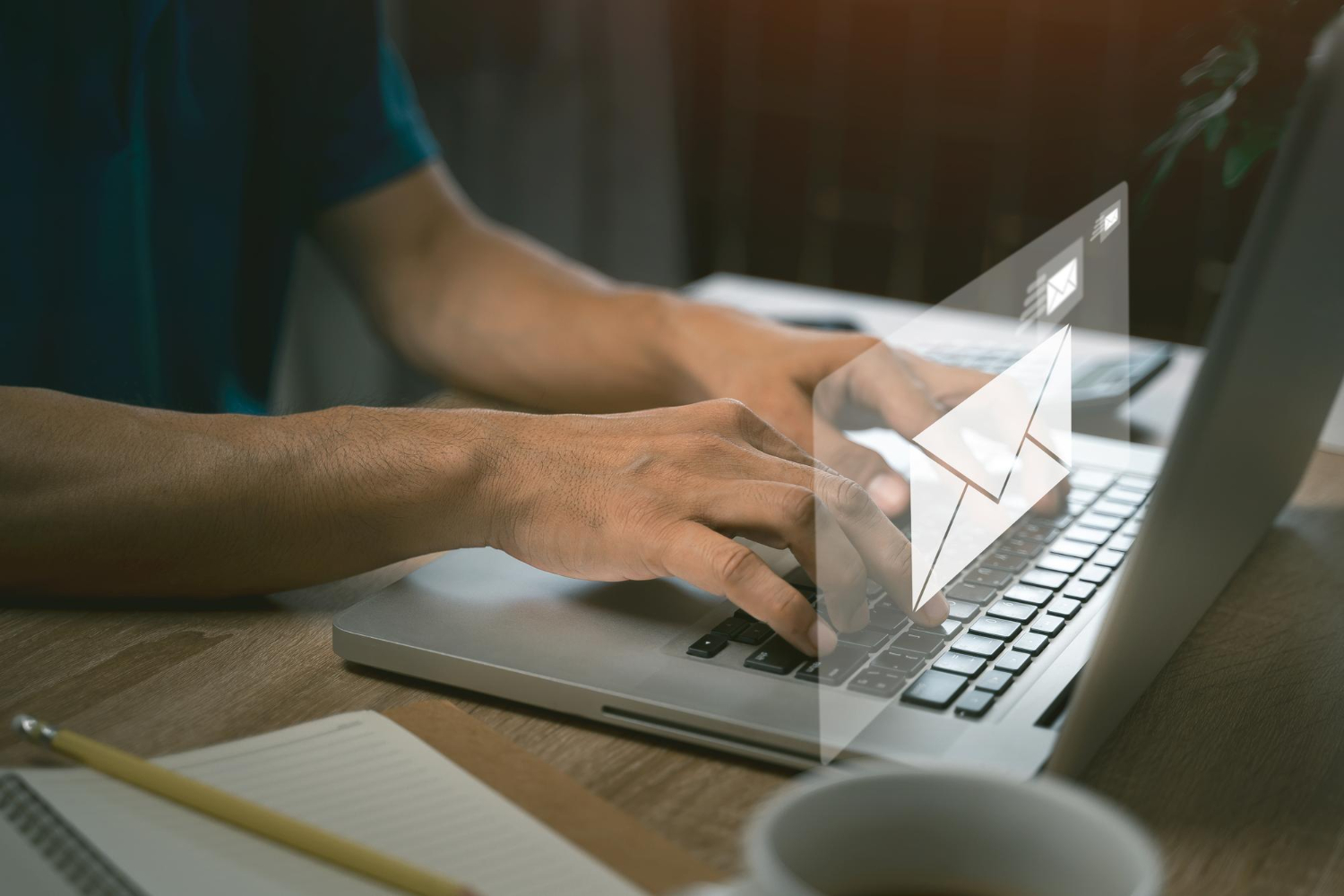
If you’re like most office workers in the UK today, your email inbox is likely a constant source of stress. The never-ending influx of messages can feel overwhelming and unmanageable at times. Many workers obsess over getting their inbox count down to zero, only to see it quickly fill up again. This unhealthy attachment to an empty inbox even has a name – “inbox zero syndrome.”
What is Inbox Zero Syndrome?
Inbox zero refers to having no unread emails in your inbox – achieving that coveted empty state. It’s considered by some to be the holy grail of productivity. But constantly chasing inbox zero can harm productivity and lead to bigger issues like burnout.
So how can today’s office workers break free of this counterproductive pursuit and develop a healthier relationship with email? Here are our top tips:
1. Stop Striving for Perfection
First, let go of the need to get every email read and answered immediately. Remind yourself that inbox zero is not a realistic or necessary goal on a daily basis. Emails will keep coming in; accept that you can’t respond to every single one right away. Manage expectations, both internal and external.
2. Set Up a Triage System
Implement a system of processing incoming emails by importance rather than in the order received. Set up filters and rules that automatically surface priority emails. Check email in batches a few set times during the day. Triage them quickly into urgent to act on later, FYI, and delete.
3. Limit Checking Frequency
Compulsively checking email can become an addictive time waster. Set limits on how often you check – for example, once at the start of the workday, after lunch, and before leaving. Disabling alert notifications can help eliminate distractions. Close your email window to focus during deep work times.
4. Declutter Aggressively
Get ruthless about unsubscribing from newsletters and deleting low-value messages you don’t need to act on. Set up separate folders or automatically filter emails like notifications or listservs out of your inbox. This helps keep your inbox focused only on messages requiring your attention.
5. Batch Similar Tasks
Processing emails can often spark other small tasks – replying, scheduling meetings, and adding dates to your calendar. Set aside time for powering through these related tasks all at once to achieve efficiency.
6. Master the Art of Triage
Triage mode means making quick decisions on each email: delete, delegate, respond, or defer for later. Apply triage even during busy times to avoid email buildup. For deferred emails, consider summarising action items on your task list rather than keeping hundreds of emails in your inbox.
7. Set Aside Dedicated Email Time
Don’t try to multitask email alongside other work. Distractions and constant task-switching wreck productivity. Instead, set aside chunks of time devoted solely to powering through your inbox. Then get back to deeper work.
8. Let Go of Unnecessary Emails
Ask yourself if each incoming email requires you to take action or if it’s merely informational. Delete or archive FYI emails quickly to avoid clogging your inbox. For emails you need to keep, set up a reference system like file folders or labels.
9. Stop Using Your Inbox as a To-do List
Your inbox should only contain emails. If an email sparks an action item for you, transfer it immediately to your task list or calendar instead of keeping it in your inbox as a reminder. Check your task list for action items when it’s time to work through your inbox.
10 Set Email Boundaries
Make it clear to colleagues and teammates when you’re not available for non-urgent emails by setting an away message on your email system. Establish expectations on response time to reduce stress around responding instantly.
Bonus 1: Take Regular Email Breaks
Schedule regular short breaks where you close your inbox, mute notifications, and do something else – take a walk, chat with a colleague, or grab some tea. This lets your mind reset and keeps you from getting sucked into reactive mode.
Bonus 2: Rethink Your Relationship with Email
At its root, inbox zero syndrome reflects a misunderstanding of what email is for. Email wasn’t designed to serve as your to-do list, calendar, and file storage system. Use it narrowly for its intended purpose – as a communication tool. Reframe your expectations of what a “zero inbox” really represents.
Adopting even a few of these tips can help you develop healthier email habits and finally curb your fixation on achieving inbox zero every day. The goal is to have a system that works for you – not the other way around. Focus on your most meaningful work, keep your inbox triaged for quick processing, and don’t become a slave to your email. You’ll gain back hours of productivity each week.
